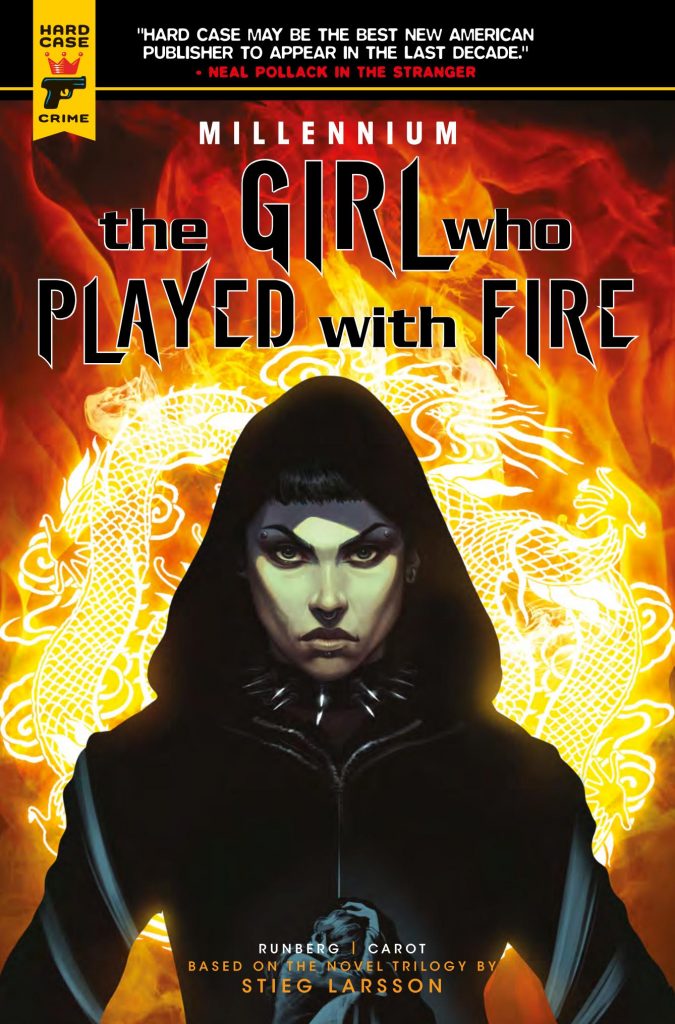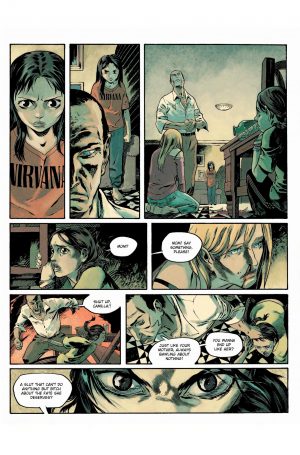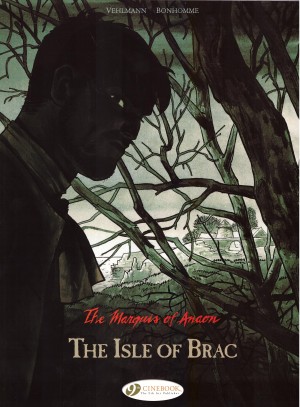Review by Frank Plowright
Hard Case’s translated European version of The Girl With the Dragon Tattoo was a creative success, and improved greatly on a specifically commissioned English graphic novel adapting Steig Larsson’s runaway bestseller. That’s also the case for The Girl who Played With Fire.
It’s been a year since the events of the first story, and his reputation restored, investigative journalist Mikael Blomqvist is back working for Millennium magazine, but as far he’s concerned Lisbeth Salander, who worked with him, has disappeared. Sylvain Runberg, however, shows us what she’s been up to, in a powerful early scene where someone she dealt with brutally in the opening story needs a reminder of where they stand. It has later repercussions, and ties in with a plot of Millennium running an investigation into sex trafficking and exploitation in Sweden.
Manolo Carot takes over the art, and although he’s good he has a far looser style than José Homs, resulting in the cast being sketchier and more generic looking pages. There are times also when it’s not immediately clear when a scene occurs in the past.
Once the participants have been introduced Larsson’s plot kicks into gear. Criminals never like being investigated, and to all intents and purposes it seems as if Lisbeth’s doing their work for them in ridding them of nuisances. That’s certainly what the police think. In his first novel Larsson disclosed that Lisbeth was considered to have psychiatric problems, and her behaviour did nothing to contradict that. He engenders a less judgemental attitude here by expanding on the hints dropped about her past, and drip feeding her abusive family relationship. Cleverly, it ties in with events in the present day, but although encouraged to sympathise with Lisbeth when it appears scapegoating is involved, it’s a long way into the book before there’s any certainty. There is certainty about the vile criminals, and there’s no glamorising their vile acts.
While the occasional scene may puzzle someone who’s not read The Girl With the Dragon Tattoo, such as an early scene of Lisbeth making a hospital visit, this graphic novel can be read in isolation. What’s really astonishing is that there has been a previous graphic novel adaptation, but they’re like chalk and cheese. That was overly complicated at the cost of credibility, while this excises material from the novel, resulting in a tense procedural drama that pushes all the right emotional buttons, convincingly paced to maximise attention and curiosity. It’s a gripping read. Lisbeth’s story concludes in The Girl who Kicked the Hornet’s Nest.





